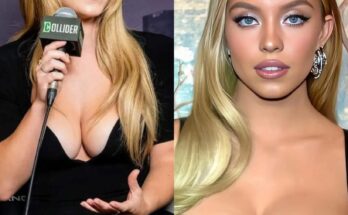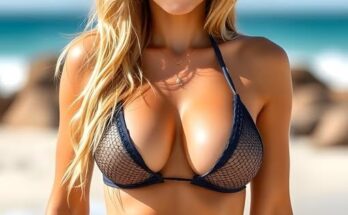In an era increasingly focused on authenticity and inclusivity, a growing number of artists, activists, and individuals are challenging outdated beauty ideals. Among them is a London-based photographer whose ongoing project, Natural Beauty, has stirred conversation across social platforms by confronting long-held taboos about female body hair, particularly armpit hair.
The series, launched by Ben Hopper, is a bold, visually striking collection of portraits that aims to reframe perceptions of feminine beauty. Rather than promote a specific look, the goal is to invite dialogue, offering viewers a fresh lens through which to explore their own biases, social conditioning, and relationship with personal grooming.
A Look Back: The Cultural History of Body Hair Removal
The cultural practice of body hair removal, especially for women, dates back thousands of years. According to anthropologists, early humans used stone tools, seashells, or pumice stones to remove hair as part of hygiene and ritual practices. In ancient Egypt and Rome, hairlessness was often associated with social status, cleanliness, and attractiveness.
By the 20th century, especially in Western societies, the removal of underarm and leg hair became normalized through advertising and fashion trends. The widespread availability of safety razors and the rise of sleeveless garments prompted beauty companies to promote smooth, hairless skin as essential for femininity.
“Hair removal is now an expectation for many women, rather than a personal choice,” says Heather Widdows, professor of philosophy and author of Perfect Me: Beauty as an Ethical Ideal. “It’s seen as a beauty duty, not an option.”
Source: CNN
A Visual Statement: The “Natural Beauty” Project
Ben Hopper’s Natural Beauty photo series, which he began developing in 2007, presents a striking juxtaposition: elegant, fashion-forward images of women paired with their unshaven underarms. The contrast is intentional. As Hopper explained in an interview with The Huffington Post, the goal is to challenge audiences to rethink their assumptions about hygiene, femininity, and societal norms.
“The project isn’t about telling people to stop shaving,” Hopper said. “It’s about expanding the definition of beauty and encouraging people to question why body hair—especially on women—is often seen as undesirable.”
Source: The Huffington Post
The black-and-white images evoke both intimacy and strength, encouraging viewers to reconsider what natural, empowered beauty looks like—beyond commercially curated standards.

Diverse Perspectives: Voices Behind the Lens
The women featured in Natural Beauty share a range of experiences and motivations. Some speak of liberation and empowerment, while others emphasize the desire to feel comfortable without needing to conform.
- Kyotocat, a model in the series, shared: “I felt so relieved and free when I let it grow out. It felt like being able to breathe.”
- Sophie Rose reflected: “It’s empowering to not hide. You feel stronger for not giving in to the way you’ve been told to be.”
- Gabriela Eva, who grew her armpit hair specifically for the shoot, said: “It made me feel vulnerable at first, but eventually empowered.”
While reactions from the models varied, a common theme emerged: the process of unlearning societal conditioning and embracing body autonomy.
Source: Natural Beauty by Ben Hopper
Not Just a Political Statement
While some interpret growing body hair as a form of resistance against patriarchal standards, several participants emphasized that their choices were deeply personal, not necessarily political.
- Sienna, one of the models, noted: “I don’t think women refusing to shave should automatically be seen as a radical act. I just want to feel comfortable.”
- Emilie Bodstdt, a Swedish actor, wrote: “It’s strange that something so natural—like growing your armpit hair—can be seen as controversial. That’s why I choose to grow it.”
This perspective reflects a broader cultural shift toward recognizing that personal grooming is a choice, not a mandate. As scholars in gender studies note, the pressure to conform to beauty standards often disproportionately affects women and can impact self-esteem, body image, and even mental health.
Source: Journal of Gender Studies
Public Response and Ongoing Conversations
The Natural Beauty project has received both support and criticism online, illustrating the deeply ingrained nature of societal beauty standards. On platforms like Instagram and Twitter, many users praised the images for their raw honesty, while others expressed discomfort—underscoring the cultural taboo still associated with visible female body hair.
Despite varied reactions, Hopper remains committed to his mission: not to impose a new standard, but to open space for dialogue and challenge conformity.
“I’m not asking women to grow their body hair,” he clarified. “I just want people to question why the norm is what it is—and whether it has to be.”
Source: Ben Hopper Official Site
A Shift in Mainstream Attitudes?
In recent years, more public figures and brands have embraced natural body hair as part of their messaging on inclusivity. Celebrities like Amandla Stenberg, Madonna, and Lourdes Leon have appeared in public and editorial shoots without shaving, sparking media conversations.
Major fashion brands, including Billie and Veet, have also begun to feature models with visible body hair in ad campaigns, signaling a shift toward body-positive representation.
“Beauty standards are not fixed. They evolve with culture and conversation,” says Dr. Renee Engeln, a professor of psychology at Northwestern University. “The more we challenge narrow definitions of beauty, the more space we create for self-acceptance.”
Source: American Psychological Association
Redefining Beauty, One Image at a Time
As more individuals and artists embrace the diversity of human bodies, projects like Natural Beauty play a vital role in sparking reflection and change. Whether it’s a personal decision to shave or not, the growing cultural emphasis is on choice, respect, and inclusivity.
The conversation around female body hair is just one part of a broader movement toward authenticity in beauty, where natural variation is celebrated rather than corrected.
“What matters is that we normalize choice,” said Hopper. “Beauty doesn’t have to look one way.”
Conclusion
Natural Beauty is more than a photo series—it’s a statement about freedom of expression, body autonomy, and redefining norms that have long been treated as unquestionable. By challenging traditional ideas of what it means to be “beautiful,” this project invites a deeper dialogue about the role of culture, media, and self-image in shaping our perceptions.
As society continues to expand its understanding of body positivity, one thing becomes clear: true beauty is as diverse and individual as the pe
Danisha’s decision to share the unfiltered, authentic side of her postpartum body marked a turning point in her journey as a mother and as an advocate for self-love. She didn’t just share glamorous or edited photos that depicted a “perfect” body; instead, she showed the real changes her body had undergone after bringing a child into the world.
By doing so, Danisha invited others to step into a space where they could feel comfortable discussing their own bodies without fear of judgment. The authenticity in her posts created a sense of community among women who had previously felt isolated by societal standards. Through her honesty, Danisha helped redefine what beauty and strength look like in the postpartum period, demonstrating that beauty comes in many shapes, sizes, and experiences.
Danisha’s transparency has been crucial in shattering the illusion that the postpartum period should be a time of rapid recovery to a pre-pregnancy figure. Instead, she advocates for embracing one’s body as a testament to the resilience and power it takes to carry and give birth to a child.
A Powerful Message of Self-Love and Acceptance
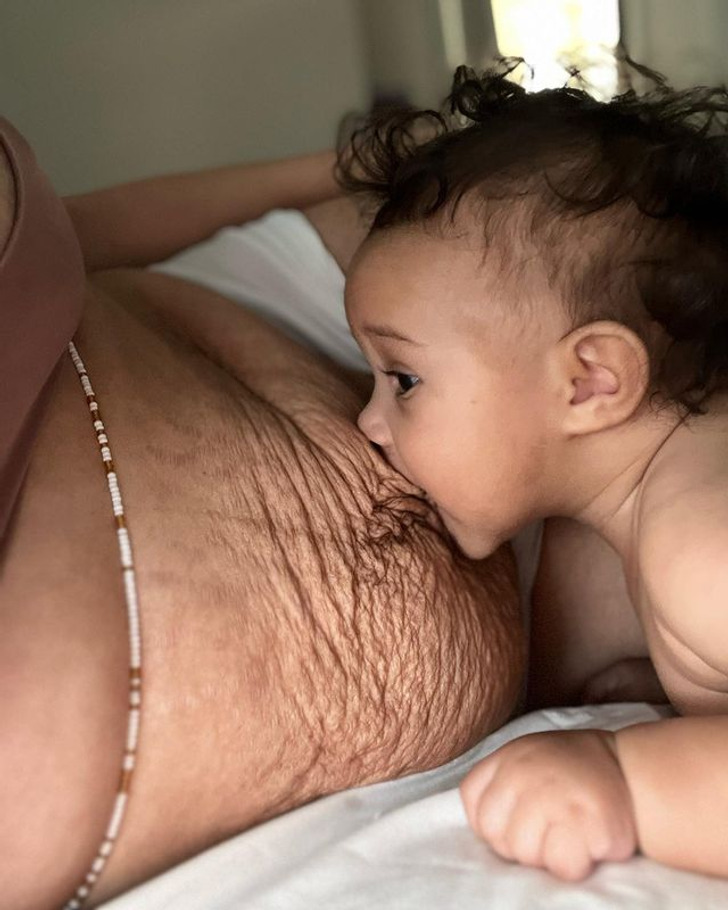
One of the most powerful messages in Danisha’s posts is her emphasis on self-love and acceptance. In her candid captions, she speaks openly about the beauty of her stretch marks, referring to them as “tiger stripes.” These words not only empower herself but also encourage other women to see these marks as symbols of strength, rather than imperfections.
Danisha makes it clear that beauty is not just about what’s visible on the outside, but what lies within. She encourages her followers to look beyond their external appearance and embrace the beauty of the journey their bodies have experienced. For Danisha, true beauty comes from within—it’s the confidence, the strength, and the resilience that a woman embodies as she navigates the challenges of motherhood.
She also makes a point to celebrate every woman, regardless of her appearance, for the beauty and worth that she possesses. According to Danisha, every woman, no matter what her body looks like, is beautiful and worthy of love. This message of inclusivity has made a profound impact, especially on mothers who have struggled with body image issues after childbirth.
Shifting the Narrative: Redefining Beauty for Postpartum Women
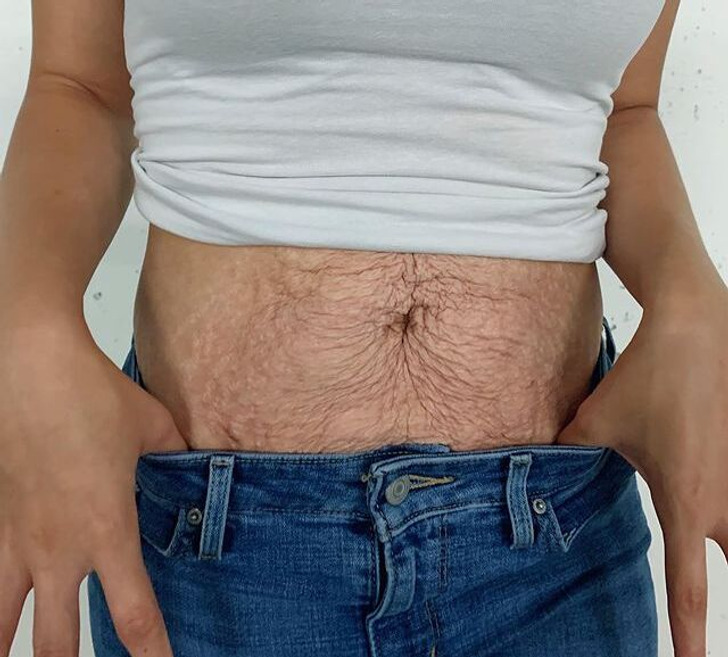
Danisha’s courage in sharing her postpartum body and experience is part of a larger, cultural shift that is slowly taking place in how society views beauty. Instead of focusing on returning to a “pre-pregnancy” version of themselves, women like Danisha are showing the world that the journey of motherhood, with all of its physical and emotional changes, is a beautiful process worth celebrating.
Danisha’s story exemplifies the strength that goes beyond physical appearance. Her resilience in the face of negative comments and societal norms demonstrates a type of strength that is not defined by how one looks, but by the ability to embrace oneself fully and unconditionally. Her body is no longer just a vessel for her child, but a testament to her journey through motherhood, and she uses her platform to encourage other women to feel the same.
This shift in narrative is essential, as it gives women permission to embrace the changes they experience after childbirth. For so long, the narrative around postpartum bodies has been one of pressure and shame. Danisha is part of a new wave of women who are rejecting that pressure and instead, choosing to redefine what postpartum beauty means.
Empowering Other Women: Creating a Supportive Community
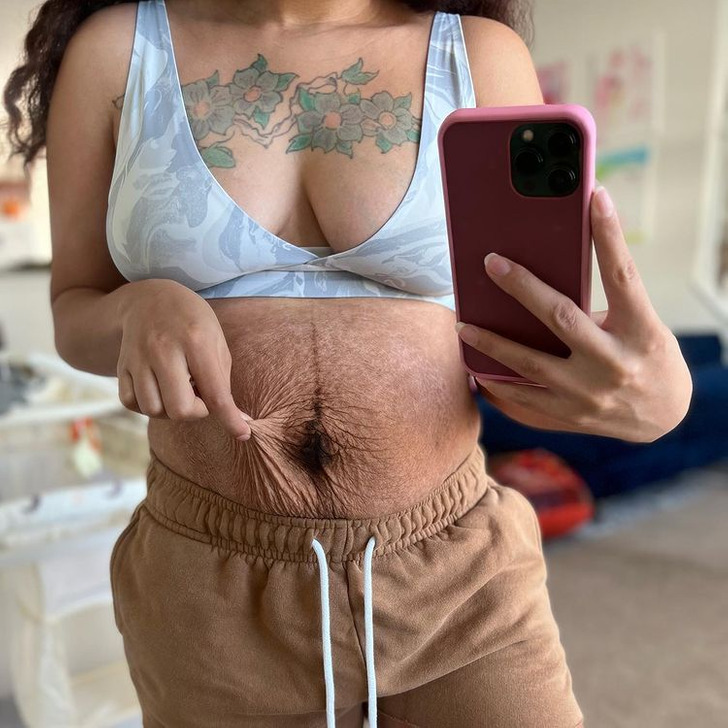
Through her vulnerability, Danisha has created a supportive environment where women can share their stories and experiences without fear of judgment. This sense of community has been especially important for new mothers who may feel isolated or disconnected from the world due to the intense changes they experience.
By encouraging women to embrace their bodies, Danisha has empowered them to take ownership of their own narratives. Her words have served as a reminder that self-love and self-acceptance are vital for mental and emotional health, especially in the face of societal pressure. She has inspired countless women to embrace their bodies as they are, without the need for validation from external sources.
Danisha’s journey serves as a beacon of empowerment, showing women that they don’t have to conform to societal expectations to be beautiful or worthy. By sharing her own experiences, she has helped countless mothers feel seen, heard, and understood.
A Legacy of Empowerment: The Impact of Danisha’s Story
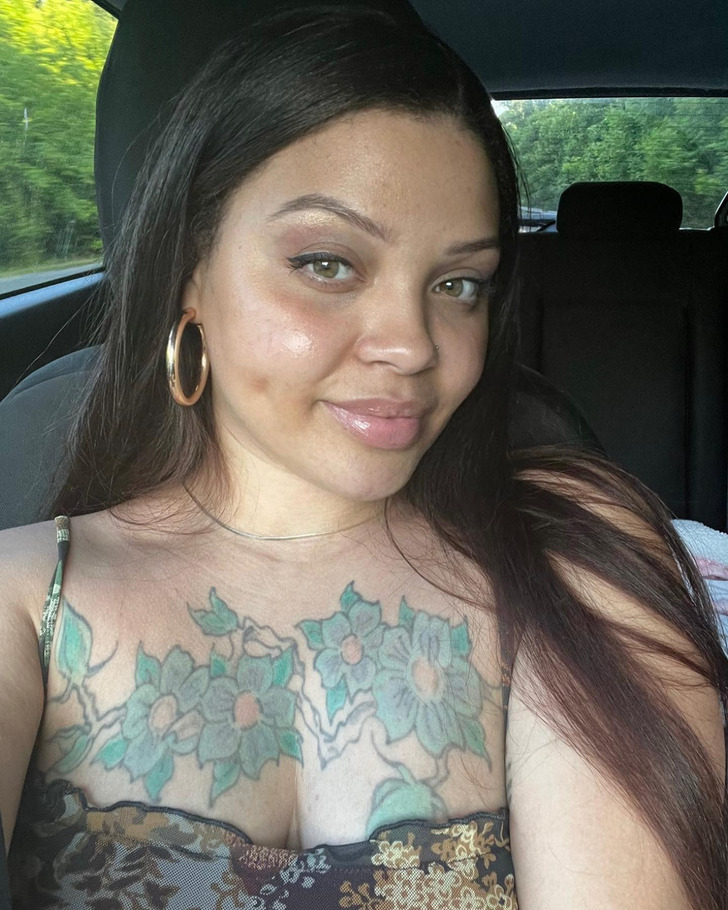
Danisha’s courage in sharing her postpartum experience is a reminder that beauty and strength come in all forms. Her story isn’t just about overcoming physical changes—it’s about embracing the full, transformative journey of motherhood and encouraging others to do the same. Danisha’s legacy is one of self-love, authenticity, and empowerment, and her impact on the lives of others will continue for years to come.
Her message transcends the physical realm and speaks to the deep emotional and mental strength that mothers carry. It is a powerful reminder that no matter how challenging the journey may be, women can—and should—embrace their bodies and the incredible work they’ve done to bring life into the world.
Conclusion: A Call for Redefining Beauty Standards
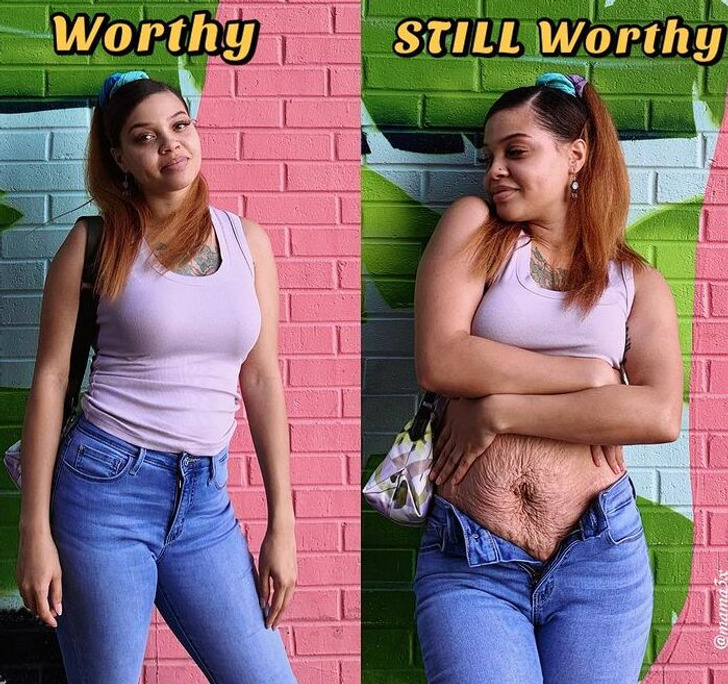
Danisha’s story is a powerful testament to the importance of self-love, acceptance, and the need for a societal shift in how we view postpartum bodies. By sharing her experience and embracing her body, Danisha has not only empowered herself but has also created a supportive community where women can feel seen, heard, and valued. Her courage to speak out challenges the harmful narratives surrounding postpartum bodies and encourages women everywhere to redefine beauty on their own terms.
Danisha’s journey continues to inspire women to love themselves, embrace their unique beauty, and let go of unrealistic expectations. She has paved the way for a future where all women, regardless of their shape or size, are celebrated for the incredible strength they possess.
ople who define it.
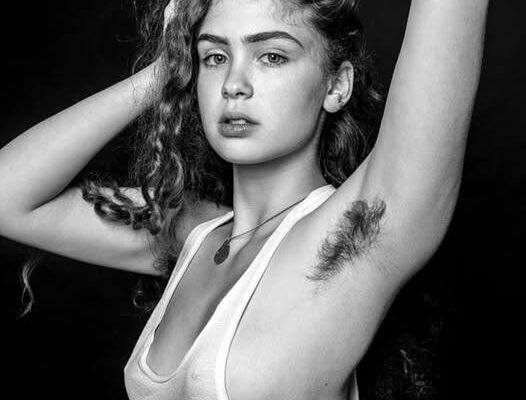

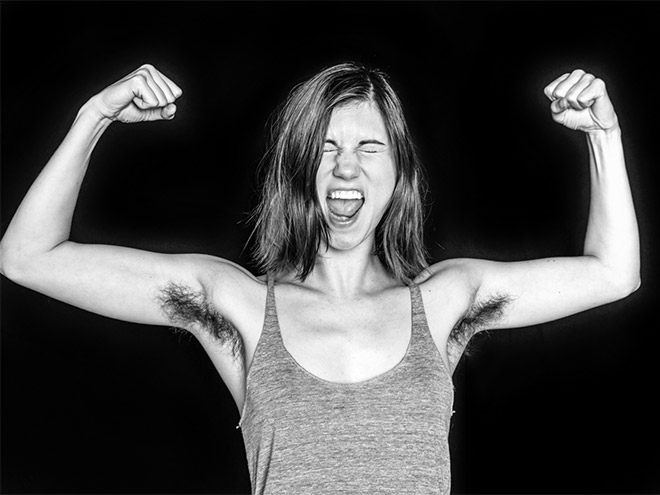
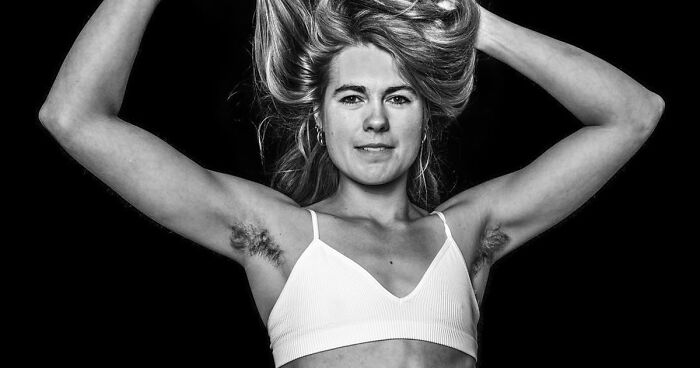
:quality(85):upscale()/2017/02/16/604/n/29590734/e8d8460458a5a986aaaa89.32383884_edit_img_facebook_post_image_file_17064855_1487243383.jpg)
